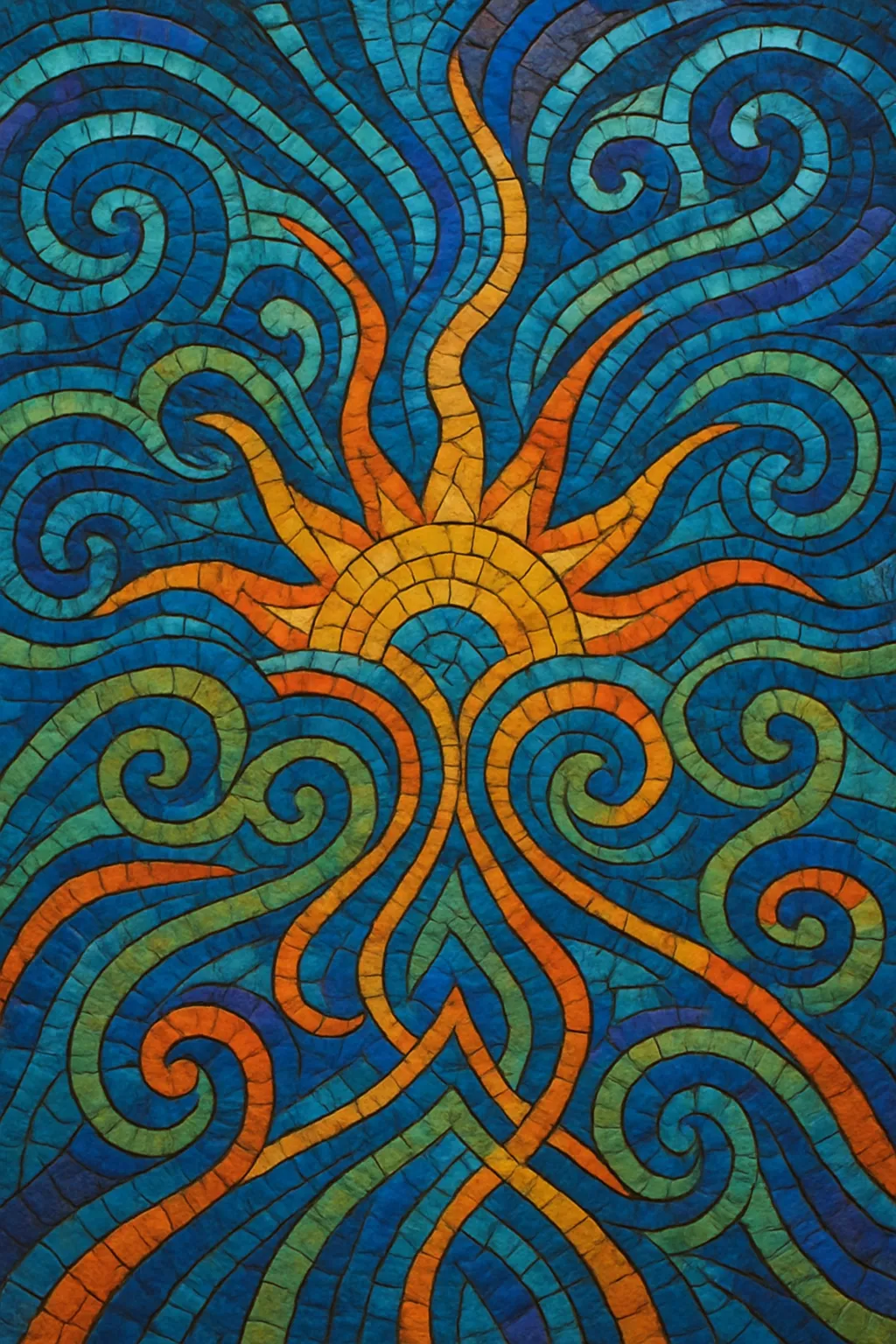Nitzhonot is a fast, highly melodic branch of Israeli Goa/psytrance whose name comes from the Hebrew word for “victories.” It emphasizes triumphant, euphoric synth leads, dramatic key changes, and bright, anthem‑like hooks over a pounding 4/4 kick and a driving, rolling bassline.
Typically clocking in around 145–155 BPM, the style blends classic Goa trance arpeggios with more overtly uplifting, hands‑in‑the‑air trance gestures. Middle‑Eastern modes and ornamental pitch bends are common, giving its melodies a distinctive, celebratory color that set it apart from darker or more minimal strands of psytrance.
Nitzhonot emerged in Israel in the mid to late 1990s as a celebratory, melody‑forward offshoot of Goa trance. Local parties and labels in Tel Aviv and across Israel fostered a sound that pushed Goa’s spiraling arpeggios toward even bigger, brighter, and faster anthems. Producers favored major‑key motifs, bold supersaw or square‑wave leads, and brisk tempos that energized outdoor dancefloors.
While Goa trance often balanced mysticism with psychedelic complexity, Nitzhonot highlighted victory‑themed, euphoric crescendos and accessible hooks. This approach made it a staple at peak‑time moments, with long breakdowns, snare rolls, and key‑lift codas that produced an unmistakable “hands‑up” effect. Its melodic vocabulary frequently drew on Middle‑Eastern modes, reflecting Israel’s musical environment.
By the turn of the 2000s, the style’s DNA spread into neighboring psytrance currents and into more commercial Israeli trance sounds. A parallel wave of fans and DJs in parts of the Mediterranean—especially Greece—kept the uplifting, speedy aesthetic alive, while Israel’s broader psy scene evolved toward full‑on and progressive paths. The core Nitzhonot traits—high BPM, anthemic hooks, and heroic melodic arcs—continued to inform melodic and progressive forms of psy and trance.
Although never the most internationally codified sub‑genre, Nitzhonot’s influence is audible in later melodic trance and various festival‑leaning psy styles. Periodic revivalist releases and retrospective compilations highlight its enduring appeal for dancers who seek the classic, ecstatic side of 90s Goa/psy energy.


